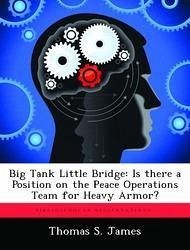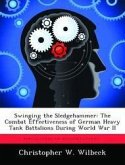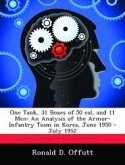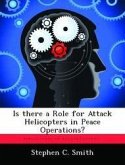The past decade has witnessed incredible change in the stability of the world. The end of the Cold War completely changed the international equation. The standard Soviet template no longer dominates the threat model. Based on the decreasing potential for conventional war, increasing probability for peace operations, and a shrinking defense budget; military and political leaders must invest in weapon systems capable of operating effectively in both environments. This monograph discusses the importance of including heavy armor in the peace operations force package. The M1A1 tank provides the force commander with an increase in force protection and a psychological advantage over potential threats. Force protection is one of the most important considerations in peace operations. Heavy armor helps minimize the risk by providing a heavily armored platform which contains maximum force protection in any environment. Speed, mobility, potential firepower, and ability to function at night contribute to providing supporting fires for infantry forces in operations often involving urban terrain. An analysis of the Battle of Mogadishu, where the Quick Reaction Force attacked to relieve Task Force Ranger in the Bakara Market, and the mine clearing and lane proofing functions in Bosnia provides the foundation for this analysis. Furthermore, these case studies illustrate the psychological impact armor has on stabilizing situations. The use of the First Armored Division in Bosnia to demonstrate United States resolve and the use of tanks by the 1st Marine Corps Tank Battalion (FWD) during Operation Restore Hope illustrate that the presence of armor can defuse potentially volatile situations without firing a shot. The conclusion uncovers that heavy armor forces should own a position on the peace operations team. The heavily armored system provides force protection and psychological effect which is invaluable to mission accomplishment. In addition, if the situation escalates, the versat








